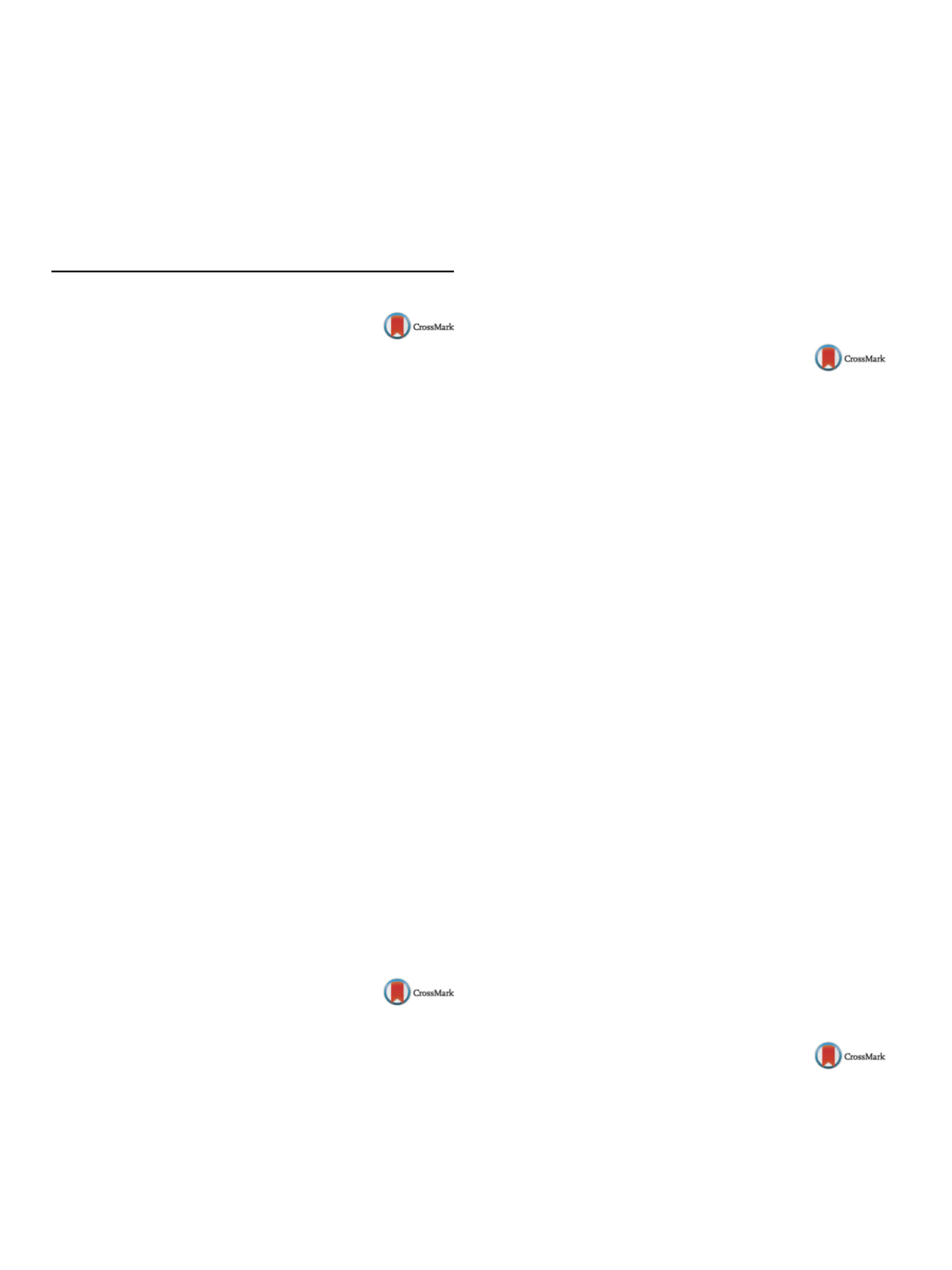

S562
25th European Congress of Psychiatry / European Psychiatry 41S (2017) S521–S582
the potential roles of mental health literacy and stigmatization in
influencing treatment-seeking behaviors.
Disclosure of interest
The authors have not supplied their decla-
ration of competing interest.
http://dx.doi.org/10.1016/j.eurpsy.2017.01.814e-Poster viewing: Emergency psychiatry
EV0485
What is commonly missed in the
suicidal risk assessments in the
emergency room?
N. Alavi
1 ,∗
, T. Reshetukha
2, E. Prost
2, A. Kristen
2, D. Groll
21
University of Toronto, Psychiatry, Toronto, Canada
2
Queen’s University, Psychiatry, Kingston, Canada
∗
Corresponding author.
Introduction
Suicidal behaviour remains the most common rea-
son for presentation to the emergency rooms. In spite of identifiable
risk factors, suicide remains essentially unpredictable by current
tools and assessments. Moreover, some factorsmay not be included
consistently in the suicidal risk assessments in the emergency room
by either emergency medicine physicians or psychiatrists.
Method
Step 1 involved the administration of a survey on the
importance of suicide predictors for assessment between psychi-
atry and emergency medicine specialties. In step 2 a chart review
of psychiatric emergency room patients in Kingston, Canada was
conducted to determine suicide predictor documentation rates. In
step 3, based on the result of the first 2 steps a suicide risk assess-
ment tool (Suicide RAP [Risk Assessment Prompt]) was developed
and presented to both teams. A second patient chart review was
conducted to determine the effectiveness of the educational inter-
vention and suicide RAP in suicide risk assessment.
Results
Significant differences were found in the rating of impor-
tance and the documentation rates of suicide predictors between
the two specialties. Several predictors deemed important, have
low documentation rates. Thirty of the suicide predictors showed
increased rates of documentation after the educational interven-
tion and the presentation of the suicide RAP.
Conclusion
Though a surfeit of information regarding patient risk
factors for suicide is available, clinicians and mental health profes-
sionals face difficulties in integrating and applying this information
to individuals. Based on the result of this study suicide RAP and edu-
cational intervention could be helpful in improving the suicidal risk
assessment.
Disclosure of interest
The authors have not supplied their decla-
ration of competing interest.
http://dx.doi.org/10.1016/j.eurpsy.2017.01.815EV0486
Antipsychotic drugs in pregnancy
S. AlDakheel
King Fahd Hospital of the University, Psychiatry, Dhahran, Saudi
Arabia
Background
There has been significant increase in prescription
of antipsychotic medication in the community for females in child-
bearing age the problem is we do not have clear guidelines because
we do not have a control group.
Objectives
To evaluate maternal psychiatric, medical and perina-
tal outcomes associated with antipsychotic drugs in pregnancy.
Aim
To use wisdom when the risk is minimal for both mother
and child.
Method
We study 3 pregnant women, one with a 6 years old, one
with a 2 years old child and one still pregnant. We measure their
blood sugar, blood pressure, fetal heart, movement, ultrasound
using first generation antipsychotic (FGA).
Results
Patient became less psychotic then back to normal and
fetal development is normal till now, no diabetes mellitus or hyper-
tension, no malformation or abortion.
Conclusion
It is still too early to reach a clear and absolute use of
safe antipsychotic drugs in pregnancy. A large sample is needed for
a study and a control should be needed.
Disclosure of interest
The author has not supplied his/her decla-
ration of competing interest.
http://dx.doi.org/10.1016/j.eurpsy.2017.01.816EV0487
Neuroleptic malignant syndrome:
A rare, life-threatening and not fully
understood condition
P. Cabral Barata
∗
, J.C. Melo , T. Maia
Hospital Prof. Doutor Fernando Fonseca, Servic¸ o de Psiquiatria,
Amadora, Portugal
∗
Corresponding author.
Introduction
Neuroleptic Malignant Syndrome (NMS) is a rare
life-threatening idiosyncratic reaction associated with the use of
neuroleptics. It is characterized by delirium, muscular rigidity, fever
and autonomic nervous system dysregulation. Its diagnosis rep-
resents a significant challenge for clinicians and many aspects
regarding its epidemiology, etiopathology and nosology remain
controversial.
Objectives
Summarize current knowledge to facilitate NMS diag-
nosis and allow a fast onset of therapeutic and life-saving
interventions.
Methods
Non-systematic review of the literature–scientific pub-
lications from Pubmed and a Psychiatry Textbook.
Results
NMS typically develops during the first week after the
neuroleptic is introduced, although it may also appear after years
of treatment. Its incidence is of 0.02 to 3% in patients taking antipsy-
chotics; the mean age of its patients is 50 years. Typical symptoms
are muscle rigidity and temperature greater than 38
◦
C in a patient
on antipsychotic; however, recent reports indicate that these core
symptoms may not always be present. Several risk factors have
also been identified and must be addressed. NMS may be fatal in
10 to 20% of cases or may produce residual sequelae, like cogni-
tive dysfunction or neurological deficits. NMS must be managed
by aggressive use of supportive measures, as well as specific inter-
ventions. It recurs in 30% of patients, which can be diminished by
specific measures.
Discussion
NMS requires timely and accurate diagnosis and treat-
ment. Antipsychotics should be used cautiously in patients at
increased risk. When recognizing this condition, prompt with-
drawal of the offending agent is the most important step. Wise
approaches can diminish morbidity, mortality and recurrence.
Disclosure of interest
The authors have not supplied their decla-
ration of competing interest.
http://dx.doi.org/10.1016/j.eurpsy.2017.01.817EV0488
Evaluation of experts’ clinical practice
in crisis unit and psychiatric
emergency technical and therapeutic
principles to better intervene
J. Denis
∗
, S. Hendrick
University of Mons, Systemic and Psychodynamic Clinical Psychology
Department, Mons, Belgium
∗
Corresponding author.


















